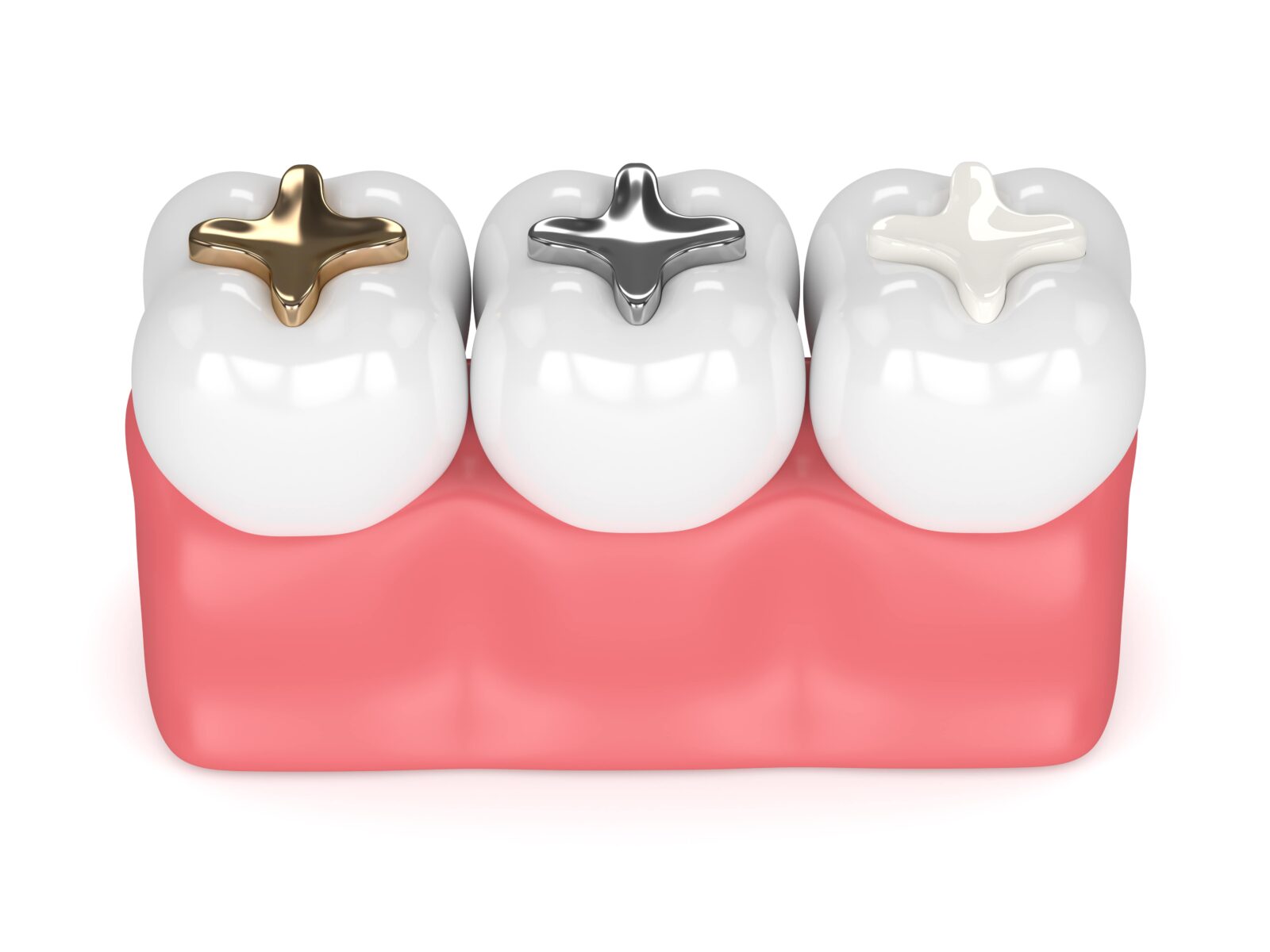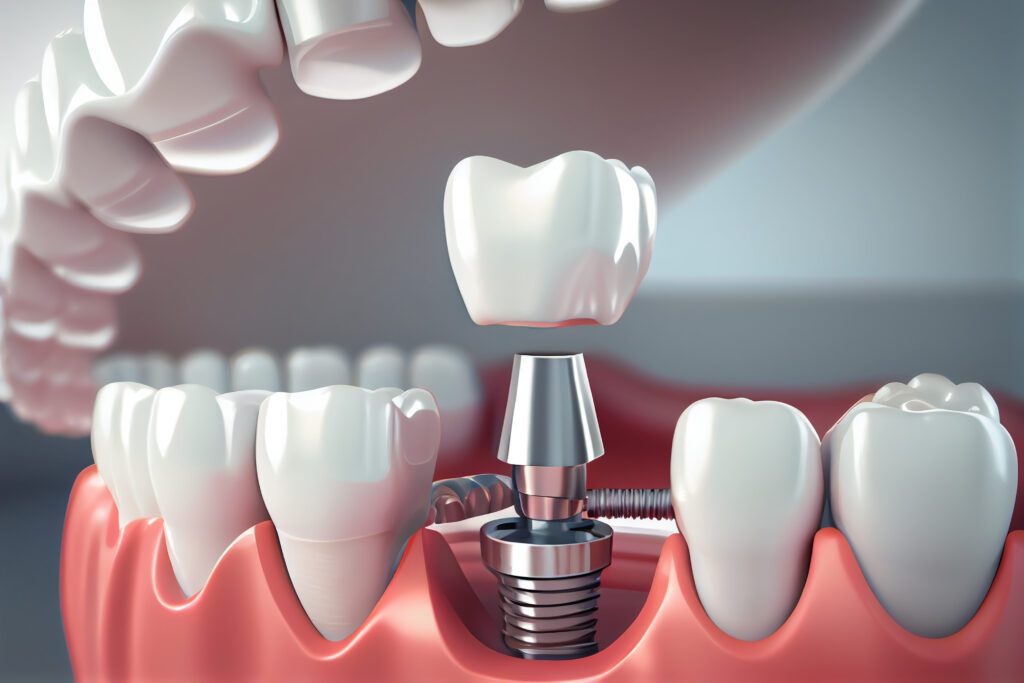Understanding Your Options: Types of Dental Fillings
When it comes to repairing cavities, patients have several dental filling options, each with its own advantages. The most common types of fillings are silver amalgam, composite resin, gold, and porcelain. Silver amalgam fillings have been used for over a century and are known for their durability. They are particularly effective for large fillings and teeth that endure heavy chewing forces, such as molars. However, their metallic appearance makes them less desirable for visible areas of the mouth.
Composite resin fillings, on the other hand, offer a more aesthetically pleasing option. Made of a tooth-colored material, they blend seamlessly with natural teeth, making them ideal for front teeth and visible areas. Composite fillings are also bonded to the tooth structure, providing additional support. However, they may not be as long-lasting as amalgam fillings, especially for larger restorations, and may need to be replaced more frequently.
Gold fillings, while less common, are valued for their strength and longevity. They are resistant to corrosion and wear, making them a good option for patients looking for a durable, long-lasting solution. However, gold fillings are more expensive than other types and require multiple visits to complete the restoration. Porcelain fillings, often called inlays or onlays, are another premium option. They offer a natural appearance and are resistant to staining, but like gold, they come with a higher price tag.
Choosing the right dental filling depends on several factors, including the size and location of the cavity, your budget, and aesthetic preferences. Your dentist will evaluate your specific needs and recommend the best option to ensure both the function and appearance of your teeth are restored.




